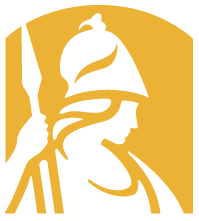- Fall: Rolling
- Spring: Rolling
- Summer: Not Available
There is no departmental assistantship consideration for this program.
- Transcripts from all schools attended
- Three letters of recommendation
- Statement of goals
You should specify your career goals and research interests in the Statement of Goals. This will not be interpreted as a strict commitment on your part to the particular field of study and research.
Available information for International Applicants.





